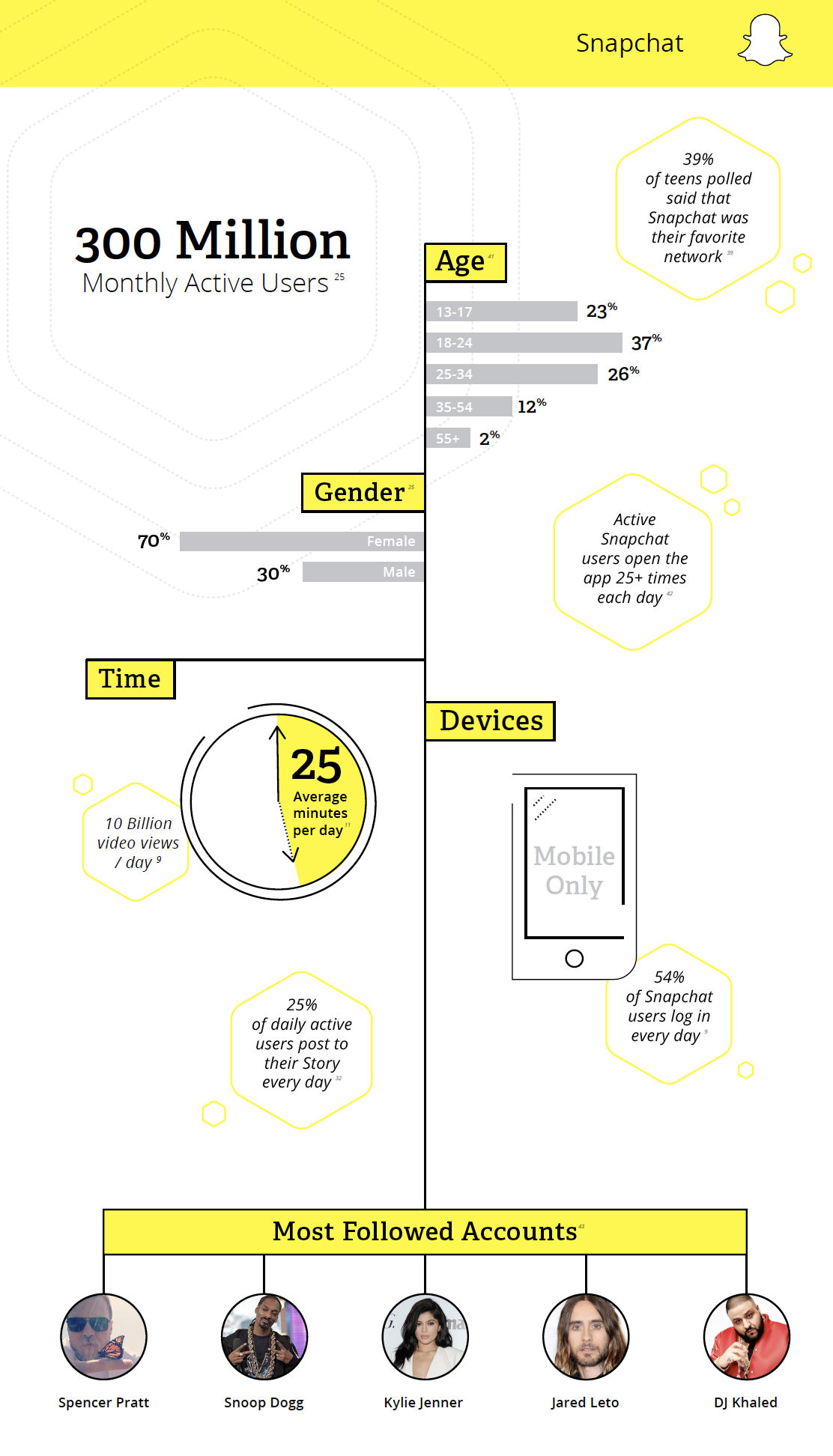Social media is one place where it’s safe to enjoy mixing business and (social) pleasure. Not only is social media a great place to socially interact with friends and possibly make some new ones, but it’s just as beneficial for businesses and professional individuals hoping to socially interact with clients and possibly add to their clientele.
But how to know which platform to use for what? And, perhaps even more importantly, why? When it comes to tackling social, the main thing to remember is your audience: who are you trying to reach through these posts? Once you have your audience in mind, deciding which platform to use when becomes infinitely easier. That being said, here’s the breakdown of which platforms to use for your professional needs and why.
Instagram is fast becoming one of the most popular platforms for young adults. According to the Pew Research Center, Americans age 18-24 are much more likely to use Instagram, Snapchat, and Twitter than even adults in their mid to late 20s. While we’ll deal with the latter two platforms later on, this statistic is staggering. Furthermore, half of Instagram users go on the application daily.

If you’re attempting to promote a new club or event on campus in a relatively short amount of time, Instagram is the platform for you. The vast majority of college students fit the 18-24 age range and thus Instagram is always a tap away on their phone.
When using this platform, it’s important to remember two key things: one, that Instagram is highly visual. While you can put written information in short captions or on Instagram Stories, remember that the visual content is what will grab your viewers. Most will simply skim over whatever written content there is, and still others may not read it at all. Secondly, remember that Instagram is only mainly accessible through a mobile device; you can’t post on the platform on a computer.
Snapchat
Snapchat is another platform highly popular with the 18-24 year old range. With more than 300 million active monthly users and an average of 3 billion Snaps created each day, it can seem like Snapchat is the ideal platform to use to reach out to this young demographic. However, businesses be warned: users are interacting less and less with brands on Snapchat. Furthermore, Snapchat has overall seen a 82% slow in growth since the introduction of Instagram Stories.

The main takeaway for Snapchat is that while the app is still wildly popular in terms of communication amongst friends, that’s solely what it is used for at the moment. The UConn Snapchat itself doesn’t get nearly as much foot traffic as the UConn Instagram. In terms of connecting with students and promoting events, Instagram is most definitely a safer bet.
Facebook has long been the reigning champion of social media platforms in terms of sheer number of users, content, and accessibility. Despite Gen Z’s push towards more visual platforms, the majority of Americans still use Facebook the most. Thus, even for the younger demographic, Facebook still has its uses.

What we’ve found most beneficial about Facebook here at UConn Social is the open comment sections. While Instagram has comments as well, Facebook is more conducive for answering questions, sharing memories, and the like, which helps build a stronger relationship between brand and client.
It’s also important to keep in mind that the majority of activity comes from videos and Facebook Live streams. Thus, Facebook can be a great tool to use if you have a promotional video to show, or want to livestream an event in real time.
Remember all that written content not quite right for Instagram? Take it over to Twitter. Because of the platform’s space for quick written blurbs and its easy ability to link, Twitter is great for sharing research and promoting longer works.

Here at UConn Social, we mainly use Twitter to spread information, promote research going on at the university, and occasionally share photos and videos. Remember: the linking aspect of Twitter is the platform’s biggest asset, so if you have longer articles or the like that you want shared, Twitter is your go-to platform.
Each social media platform has its positives and negatives. As already stated, it’s most important to remember who your audience is and what you’re trying to achieve through your social activity that will help you decide which is the correct platform to use. It’s also important to remember that each platform is unique: your most-liked Instagram post may not go over as well on Twitter, and vice versa. If you keep in mind these easy stats and quick tips, you’ll soon be switching between social media platforms like a pro.
